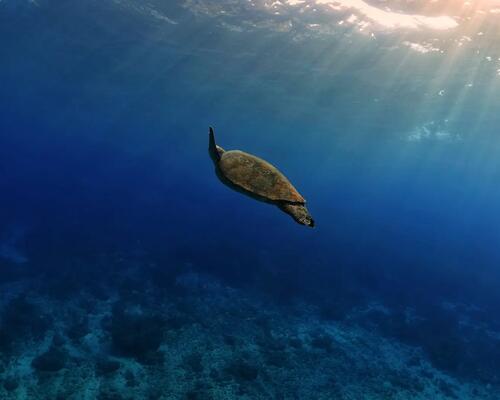But 1,000 km in a petrol-driven car is enormous right?
You'll see that in our product files, the amount of kg CO2e can sometimes seem quite substantial. That is why it is necessary to put it into perspective. You can well imagine that manufacturing a bike is a lot more impactful than a t-shirt. It can be explained by the materials used in the design of a product (and, in particular, the quantity, and therefore its overall weight), its manufacturing process, or product care steps.
On average, the impact of a “basic” t-shirt (in other words, without too many technical specifications) is around 8.79 kg CO2e. On average a bike is more likely to be approximately 96 kg CO2e (it all depends, of course, on the bike model). As you can see, the footprint is considerably different.
To get a clearer idea, here are a few averages of the impact per product:
• Plastic water bottle: 1.13 Kg CO2e
• Helmet: 3.77 Kg CO2e
• T-shirt: 8.79 Kg CO2e
• Shoes: 12.28 Kg CO2e
• Backpack 19.38 Kg CO2e
• Trousers: 20.29 Kg CO2e
• Jacket: 30.70 Kg CO2e
• Bike: 96 Kg CO2e
It is also important to take into consideration other factors. A bike's lifespan is, for example, a lot longer than that of a t-shirt. (proof of which is provided by the fun we still have refurbishing our grandparents' bikes!). On top of being repaired hundred's of times, it can also become your equipment for getting around every day, helping you to reduce your own carbon footprint.









